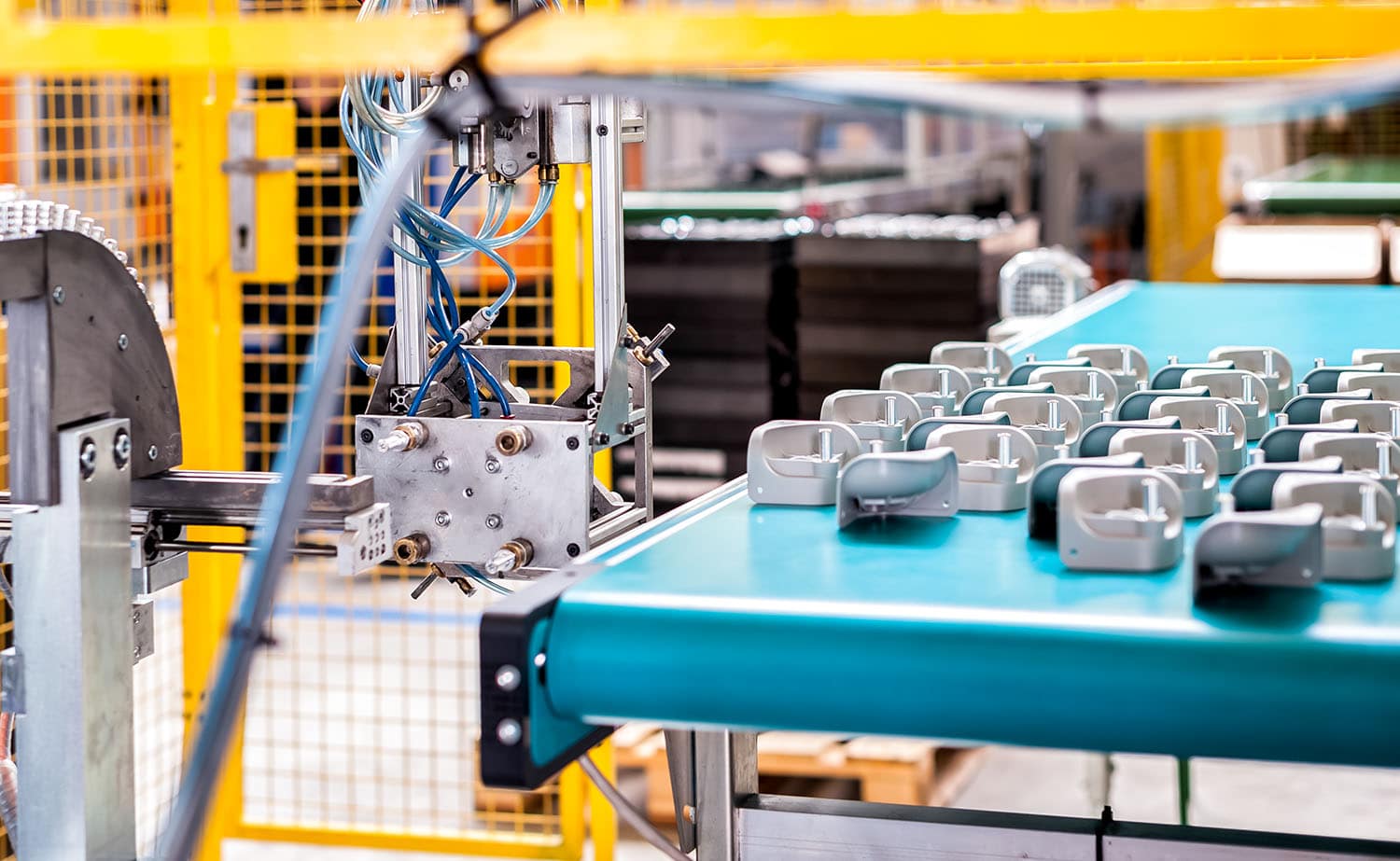
In our blog we want to keep you up to date with interesting topics and news, and that is why today we want to talk to you about How is the manufacturing of assembly of plastic parts done? So you can learn a little more about the processes that are carried out to create different plastic objects.
Plastic is a material with which we are very familiar, and that is present in our daily lives; we use plastic objects in our routine, either at work with a card holder to carry business cards, or in our home, where this material is found in toothbrushes, food tapers or containers of creams or shower gels. It is a component that offers great results at a very competitive price, which is why it is chosen by a large number of companies to create their products.
There are different techniques for the manufacture of plastic parts
There are different techniques for the manufacture of plastic parts, and depending on the result to be obtained, one or another will be used.
On the one hand, we can manufacture the assembly of plastic parts using the injection technique, and on the other hand, there is the thermoforming technique. Let us explain what each of them consists of.
Manufacturing plastic parts by injection molding
The manufacture of plastic parts by injection is one of the processes most chosen by manufacturers to create large series of the same article. It consists of melting thermoplastic polymers and injecting them into molds, which, once cooled, will result in the final plastic part.
This procedure is used for the manufacture of a wide variety of plastic articles, and some of the components used are PVC, Polypropylene, Polyethylene or ABS plastic, among others. These materials are capable of withstanding high temperatures, and once manufactured, the product offers great resistance and durability.
Manufacture of plastic parts by thermoforming
Another of the most used processes in the manufacture of plastic parts by thermoforming, and in this case this technique is based on the use of sheets or plates of thermoplastics to adapt them to a mold, by heat, to obtain the final piece.
And the temperature to which the plastic material is subjected must be very controlled, because otherwise the assembly of plastic parts could melt and cause damage to the manufactured parts. This is why it is necessary to use thermoforming experts who have mastered the technique and have extensive experience in the sector.